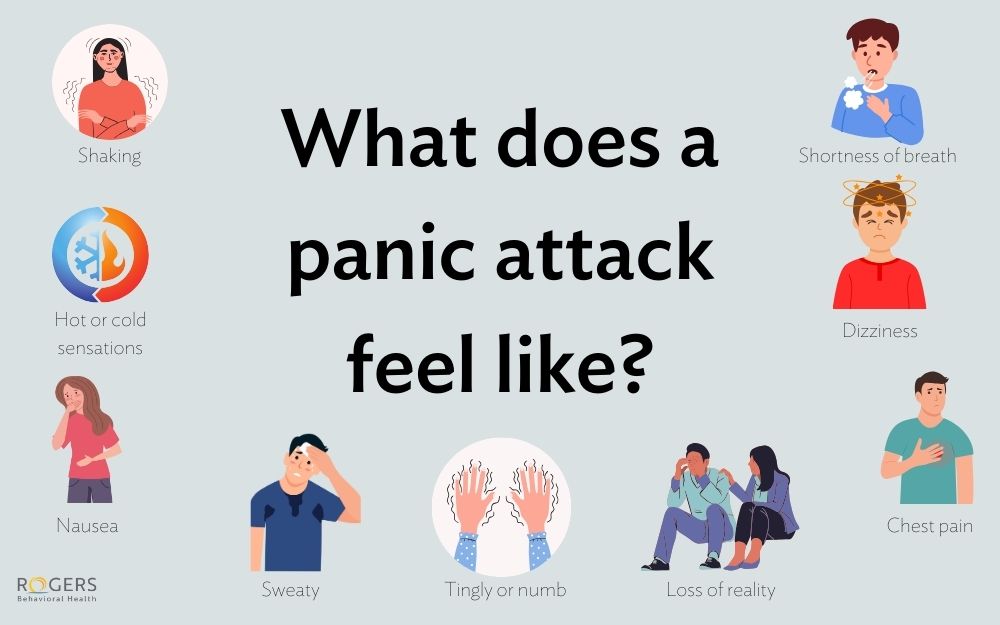Compassion Fatigue: Caring for those who Provide Treatment
Posted on 06/23/16 04:31:pm
Every day, patients with trauma or posttraumatic stress disorder(PTSD), courageously work with therapists, nurses and other professionals to decrease anxieties surrounding horrific events. Over time, the trauma patients endure and the anxieties that come along with it can become harmful for care providers.
“Secondary PTSD, or compassion fatigue, are non-clinical terms used when describing distress caused by treating the trauma of others,” says Jennifer Parra-Brownrigg, professional adult counselor at Rogers Behavioral Health Hospital–Brown Deer. “Unlike burnout, compassion fatigue occurs between the provider and the person they’re caring for, not between the provider and their job expectations and employer.”
In her first position out of graduate school at a women’s crisis center, Parra-Brownrigg found many staff members gravitating to her to share their concerns. “In a crisis center, the client can release the anxiety, whereas staff were bottling tension as long as they’ve worked there,” she says. “After really listening to their worries and watching them become run down, I wanted to find ways I could help and became more interested in secondary PTSD.”
Parra-Brownrigg offers presentations to nurses at Moraine Park Technical College. “Nurses, along with therapists, have historically been some of the most prominent professions with a high turnout of secondary trauma,” she says. “I offer techniques for dealing with the incredibly difficult things that we hear and help with on a regular basis, because we can’t assume they’ll go away on their own.”
Skills Parra-Brownrigg teaches to prevent compassion fatigue include:
- Developing clear boundaries between work and home
- Building a strong connection with other treatment providers
- Keeping a list of self-care activities
- Using personal values as foundation for motivation
- Getting to know yourself, how you grieve and what you can control
- Mindfulness activities
Parra-Brownrigg would also like to offer support her colleagues. “Hopefully we will be able to incorporate yoga, mindfulness walks or other self-care techniques into our work routine in the near future.”
PTSD therapists can rely on one another. “We can ask ourselves how we can be more effective in helping each other stay strong as a team,” says Parra-Brownrigg. “Accepting our limitations is difficult.”
Parra-Brownrigg says her goals are to first educate and then create preventive action. “We’re so present with our patients that we can’t help but invest part of ourselves,” she says. “We can refill our energy and lean on each other to stay strong, focused and able to provide care for the long-run.”
Share this article:



